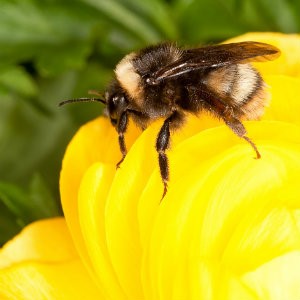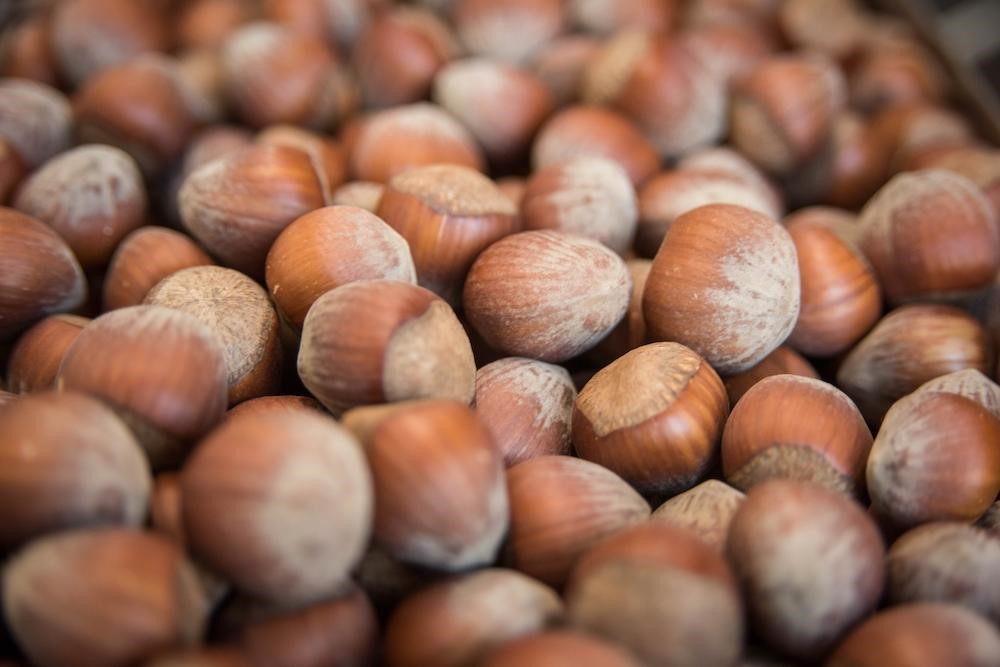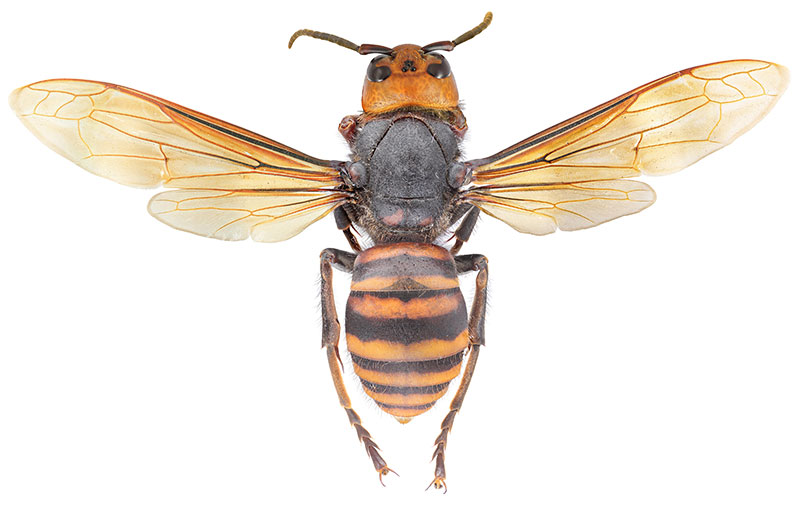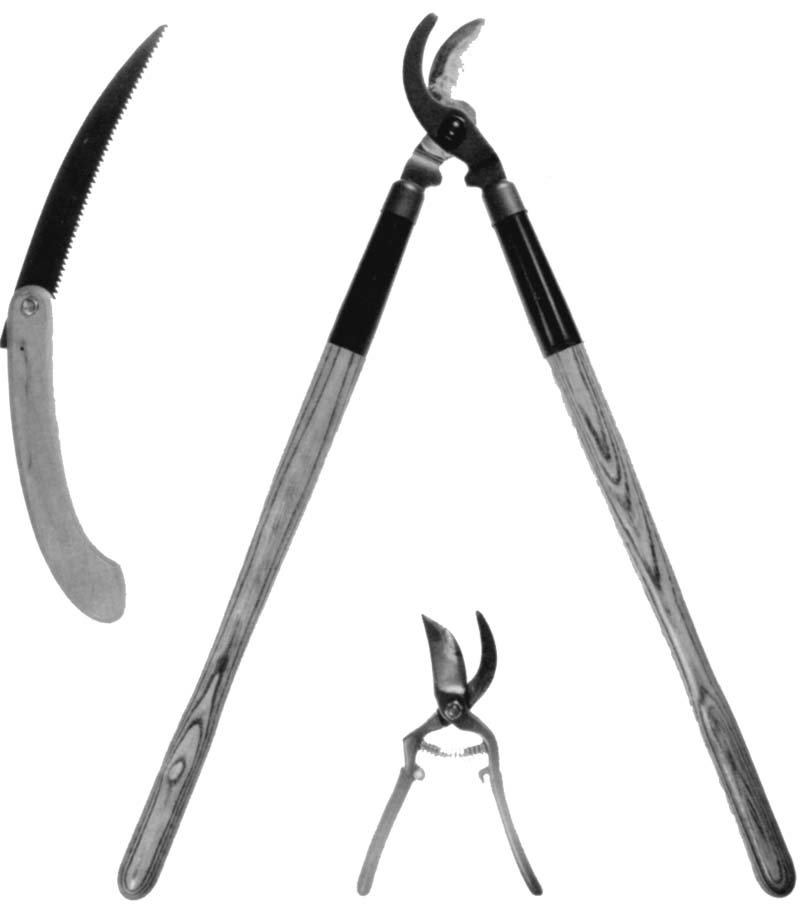By Margaret Bayne, OSU Extension Service Staff-retired, OSU Master Gardener
Elizabeth Licata: No Mow May? No thank you. While not about our region, it has a regional expert (Linda Chalker-Scott) giving advice on how you can keep a lawn and still help pollinators. (Elizabeth Licata: Buffalonews.com) https://tinyurl.com/bdebdhfe
Who Has Seen the Wind? Learn about different types of ‘wind’ and how they can affect your garden.(Pam Knox, Gardenprofessors.com) https://tinyurl.com/w9bhf6xa
You can have your trees and save water, too! (Linda Chalker-Scott, gardenprofessors.com) https://tinyurl.com/yu4t8tx2
Hot Competition: Climate Change, Invasive Fly Displace a Native Blueberry Pest. “A group of researchers from Rutgers University have investigated how climate change might affect the competition between these two major blueberry pests.” (Timothy Schwanitz, Entomologytoday.org) https://tinyurl.com/37pj6rrb
International Cooperation Boosts Prep for Invasive Insects Before They Arrive. (Carolyn Bernhardt, Entomologytoday.org) https://tinyurl.com/bde5cz33
Informative videos from NPIC answering common pesticide related questions. Some include:
- Did you know disinfectants are pesticides?
- What does it mean when food is organic?
- Can slug and snail bait hurt my pets?
- How can I remove pesticides from fruit and vegetables?
- Should I use food grade diatomaceous earth (DE) to kill bugs?
- Why do I have cockroaches in my home?
- Are spot-on flea and tick products safe around my pets?
- Is it safe to use rat baits around children and pets?
Plus, many more…
(NPIC) https://tinyurl.com/5t2r4vaz
PUBLICATIONS: Some new/revised research-based gardening publications that you can download for free…
Grow Your Own Peppers. “Peppers come in a great variety of sizes, shapes, colors and tastes. They produce a large yield in a small amount of space. Learn the secrets to growing great peppers in Oregon.” (Brooke Edmunds, James Myers, Ed Peachey, OSU, revised May 2023) https://tinyurl.com/4z58mf3m
Getting to Know Oregon Bats. “Learn about the 15 species of bats in Oregon, their habitat needs, the significant ecological roles they play in our environment, the threats they face and how we can support our furry flying friends.” (Rowan Fay & Dana Sanchez, OSU, March 2023) https://tinyurl.com/3tva2z6c
Shrubs and Trees for Bees. “Habitat loss is a factor in the decline of native bees. Planting key plants in yards and gardens may be one way to improve habitat and help these species recover. Learn how to increase the number and diversity of flowering plants that support bees with a look at this list of native trees and shrubs.” (Scott Mitchell, Sandra J. DeBano & Andony Melathopoulos, WSU, March 2023) https://tinyurl.com/3h868uwp
Praying Mantids: Defenders of the Home Landscape? (Home Garden Series). “Initially introduced from Europe to control garden pests, the praying mantid certainly looks distinct. This pub explores their history, life cycle, and efficacy in the home garden.” (Michael R. Bush, Linda Chalker-Scott, WSU, May 2023) https://tinyurl.com/2s3a8xbm
Manage Water by Adjusting Lawn Sprinkler Run Time- Instructions for the Columbia Basin of Washington State. “Seasonal adjustments with an automatic controller will save money on water bills, maintain your lawn, and conserve water. Easy-to-follow steps are included here!” (Andy McGuire, WSU, March 2022) https://tinyurl.com/mw8z7tyy
A Home Gardener’s Guide to Soils and Fertilizers (Home Garden Series). “From novice to advanced, all home gardeners should get to know their soil: the nuts and bolts of soil, and how to make it better, included here.” (Craig Cogger, WSU, revised 2020) https://tinyurl.com/24teruw7
Assessing Tree Health. “Healthy trees are beneficial to our environment and our property values – but how do we determine if a tree is healthy? This publication briefly discusses common tree health problems…” (Kevin Kobrist, WSU 2011) https://tinyurl.com/28eacpcs
Voles (Meadow Mice). Learn about their biology, damage and management strategies. (R.A. Baldwin, UC Davis, revised April 2023) https://tinyurl.com/msu93rec




















